Ford Ranger vs BYD Sealion 7 – Which model is better for everyday use?
Compare performance, boot capacity, efficiency and price at a glance.
Find out which car is the better choice for you – Ford Ranger or BYD Sealion 7?
Costs and Efficiency:
Price and efficiency are key factors when choosing a car – and this is often where the real differences emerge.
Ford Ranger has a to a small extent advantage in terms of price – it starts at 37500 £, while the BYD Sealion 7 costs 42800 £. That’s a price difference of around 5323 £.
As for range, the BYD Sealion 7 performs convincingly better – achieving up to 502 km, about 460 km more than the Ford Ranger.
Engine and Performance:
Under the bonnet, it becomes clear which model is tuned for sportiness and which one takes the lead when you hit the accelerator.
When it comes to engine power, the BYD Sealion 7 has a significantly edge – offering 530 HP compared to 292 HP. That’s roughly 238 HP more horsepower.
In acceleration from 0 to 100 km/h, the BYD Sealion 7 is convincingly quicker – completing the sprint in 4.50 s, while the Ford Ranger takes 7.90 s. That’s about 3.40 s faster.
In terms of top speed, the BYD Sealion 7 performs slightly better – reaching 215 km/h, while the Ford Ranger tops out at 190 km/h. The difference is around 25 km/h.
There’s also a difference in torque: Ford Ranger pulls slight stronger with 697 Nm compared to 690 Nm. That’s about 7 Nm difference.
Space and Everyday Use:
Cabin size, boot volume and payload all play a role in everyday practicality. Here, comfort and flexibility make the difference.
Both vehicles offer seating for 5 people.
In curb weight, Ford Ranger is hardly perceptible lighter – 2082 kg compared to 2225 kg. The difference is around 143 kg.
When it comes to payload, Ford Ranger significantly takes the win – 1108 kg compared to 410 kg. That’s a difference of about 698 kg.
Who wins the race?
The BYD Sealion 7 proves to be wins the duel decisively and therefore becomes our DriveDuel Champion!
BYD Sealion 7 is the better all-rounder in this comparison.
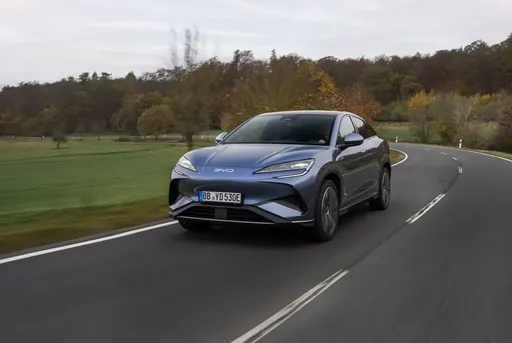 @ BYD Auto / BYD Global Media
@ BYD Auto / BYD Global Media
BYD Sealion 7
Ford Ranger
The Ford Ranger stands out in the pickup market with its robust build and versatile capabilities, making it a popular choice for both work and leisure. Its modern design is complemented by a well-equipped interior, providing comfort and advanced technology. Whether tackling challenging terrains or cruising through the city, the Ranger delivers a reliable and dynamic driving experience.
details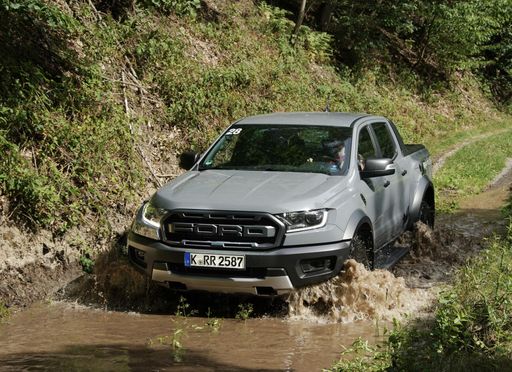 @ Ford Motor Company / Ford Media Center
@ Ford Motor Company / Ford Media Center
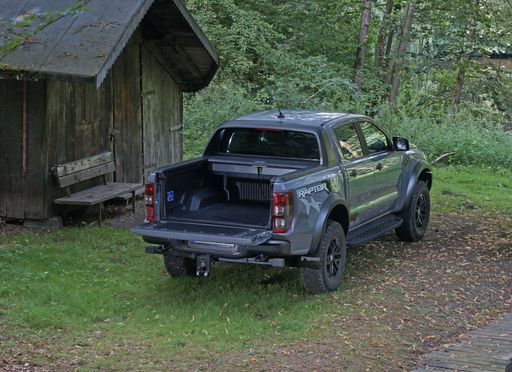 @ Ford Motor Company / Ford Media Center
@ Ford Motor Company / Ford Media Center
BYD Sealion 7
The Sealion 7 captivates with its striking design and impressive performance that appeals to both enthusiasts and casual drivers alike. With a focus on comfort and advanced technology, this model redefines the driving experience, making every journey enjoyable. Its sleek silhouette coupled with an innovative interior showcases the perfect blend of style and functionality.
details @ BYD Auto / BYD Global Media
@ BYD Auto / BYD Global Media
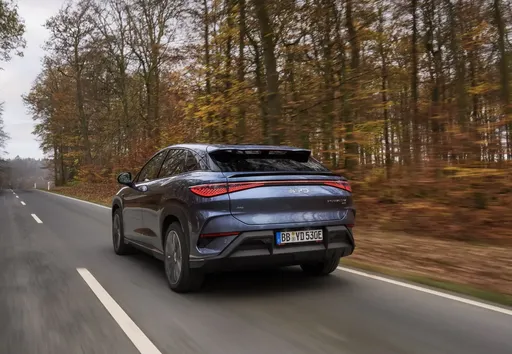 @ BYD Auto / BYD Global Media
@ BYD Auto / BYD Global Media
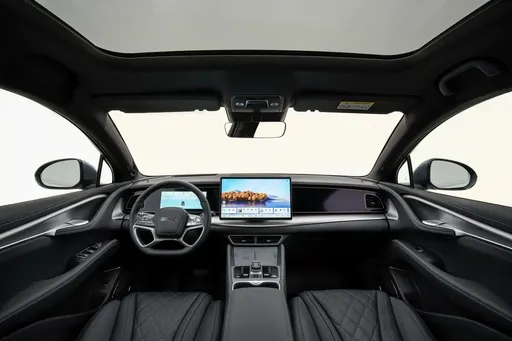 @ BYD Auto / BYD Global Media
@ BYD Auto / BYD Global Media
 @ Ford Motor Company / Ford Media Center
@ Ford Motor Company / Ford Media Center
|
 @ BYD Auto / BYD Global Media
@ BYD Auto / BYD Global Media
|
|
|
|
Costs and Consumption |
|
|---|---|
|
Price
37500 - 71900 £
|
Price
42800 - 52300 £
|
|
Consumption L/100km
3.1 - 13.8 L
|
Consumption L/100km
-
|
|
Consumption kWh/100km
-
|
Consumption kWh/100km
19.9 - 21.9 kWh
|
|
Electric Range
42 km
|
Electric Range
456 - 502 km
|
|
Battery Capacity
11.80 kWh
|
Battery Capacity
-
|
|
co2
70 - 315 g/km
|
co2
0 g/km
|
|
Fuel tank capacity
80 L
|
Fuel tank capacity
-
|
Dimensions and Body |
|
|---|---|
|
Body Type
Pickup
|
Body Type
SUV
|
|
Seats
2 - 5
|
Seats
5
|
|
Doors
2 - 4
|
Doors
4
|
|
Curb weight
2082 - 2511 kg
|
Curb weight
2225 - 2435 kg
|
|
Trunk capacity
-
|
Trunk capacity
520 L
|
|
Length
5370 - 5420 mm
|
Length
4830 mm
|
|
Width
1918 - 1968 mm
|
Width
1925 mm
|
|
Height
1868 - 1922 mm
|
Height
1620 mm
|
|
Max trunk capacity
-
|
Max trunk capacity
1789 L
|
|
Payload
676 - 1108 kg
|
Payload
410 kg
|
Engine and Performance |
|
|---|---|
|
Engine Type
Diesel, Petrol, Plugin Hybrid
|
Engine Type
Electric
|
|
Transmission
Manuel, Automatic
|
Transmission
Automatic
|
|
Transmission Detail
Manual Gearbox, Automatic Gearbox
|
Transmission Detail
Reduction Gearbox
|
|
Drive Type
All-Wheel Drive
|
Drive Type
Rear-Wheel Drive, All-Wheel Drive
|
|
Power HP
170 - 292 HP
|
Power HP
313 - 530 HP
|
|
Acceleration 0-100km/h
7.9 - 12.1 s
|
Acceleration 0-100km/h
4.5 - 6.7 s
|
|
Max Speed
180 - 190 km/h
|
Max Speed
215 km/h
|
|
Torque
405 - 697 Nm
|
Torque
380 - 690 Nm
|
|
Number of Cylinders
4 - 6
|
Number of Cylinders
-
|
|
Power kW
125 - 215 kW
|
Power kW
230 - 390 kW
|
|
Engine capacity
1996 - 2993 cm3
|
Engine capacity
-
|
General |
|
|---|---|
|
Model Year
2022 - 2025
|
Model Year
2024
|
|
CO2 Efficiency Class
G, B
|
CO2 Efficiency Class
A
|
|
Brand
Ford
|
Brand
BYD
|
What drive types are available for the Ford Ranger?
The Ford Ranger is offered with All-Wheel Drive.
The prices and data displayed are estimates based on German list prices and may vary by country. This information is not legally binding.
